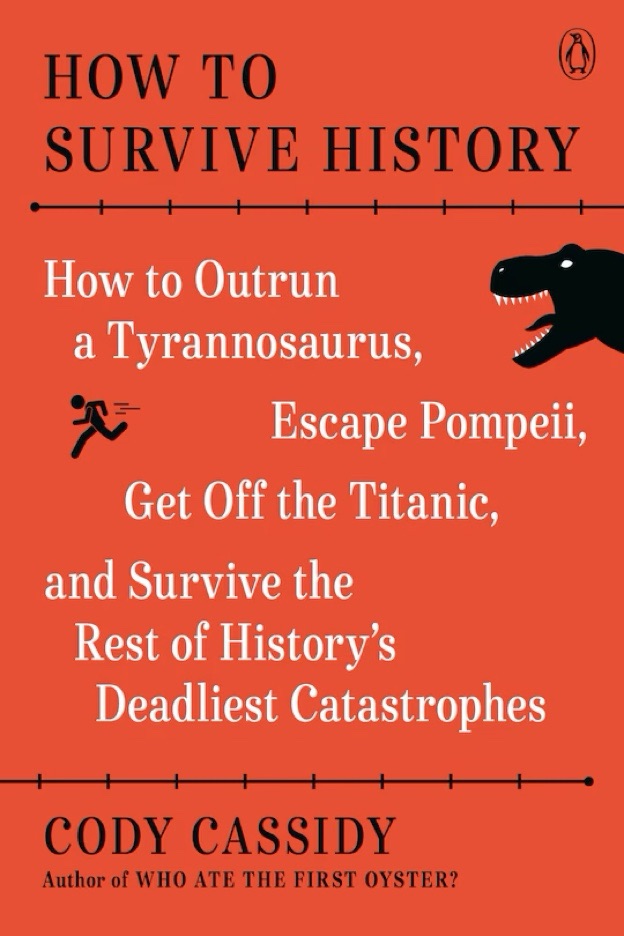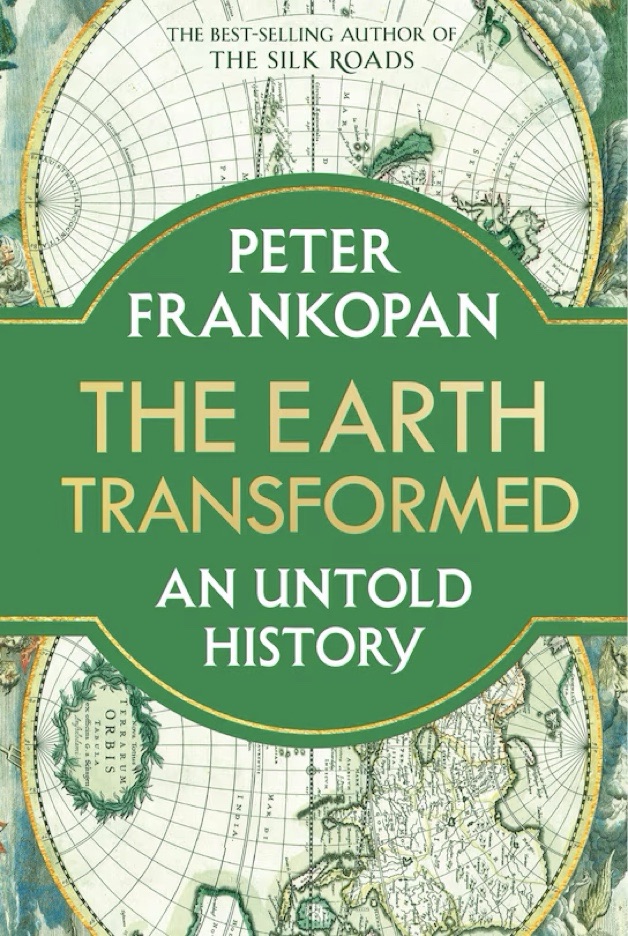
In this, the second edition of this book (first published in 2005) this Maryland family doctor draws on 18 years of practice as well as visiting at more than 400 schools around the world and an extensive literature review to support the conclusions he comes to. This goes a long way to disprove the popular and growing assertion that gender is a social and cultural construct, without a scientific basis. He addresses such issues as why computer science is dominated by men whereas the arts and biological sciences are dominated by women.
In the second chapter alone he shows convincingly that women’s sense of smell is more acute than men’s and that it improves 1000- fold with repeat exposure whereas men’s do not, and explains the anatomical basis for this. (This may explain why my wife frequently orders me to take a shower.) Girls also see things differently using bright colours and soft objects when asked to draw anything, whereas boys typically draw moving objects and violent confrontations. This too seems to be hardwired. And girls have better hearing than boys over a broad range of frequencies, that also appears to be innate.
The chapter on sex is perceptive in teaching boys how to be sensitive and nonviolent in their relationships (and less violent and risk taking in general, although he recognizes the peer pressure to generally take more risks than girls do, and does not condemn that.) Much of this chapter’s observations, although not its recommendations, can be summed up by Billy Crystal’s astute observation that “Women need a reason for sex; men just need a place.”
In later chapters, Sax discusses exceptions to the general tendencies, including atypical male “sissies”, “tomboy” girls, gays, lesbians and transsexuals, all in a non-judgemental way, for example, by comparing gay men to being left-handed.
“The explosion in the proportion of people who believe that they are transgender may well represent a failure to understand that gender is two-dimensional, not one dimensional. If you are a man who has some (or many) feminine qualities, or a woman who has some (or many) masculine qualities, it doesn’t mean that you are transgender. It means that you are a human being.”
“Sex differences in childhood are more important than sex differences in adulthood.”
This great advice for parents came too late for me as my children are now mature adults, but fortunately they seem to have survived and thrived in spite of the many mistakes I made.
9/10.
Thanks, Alana
















